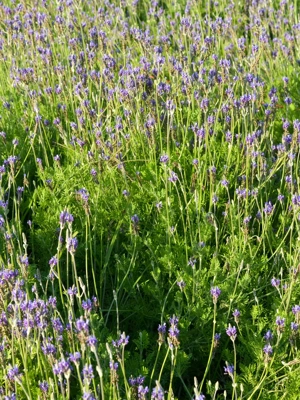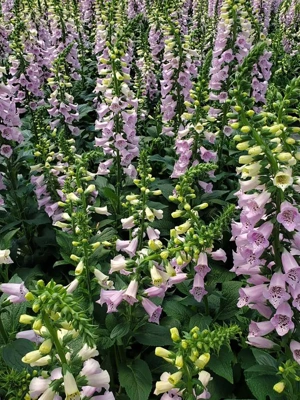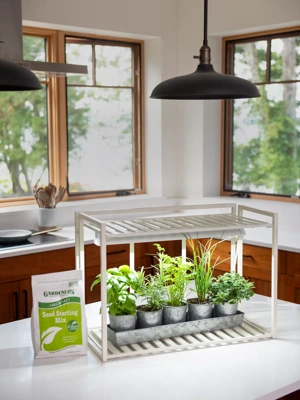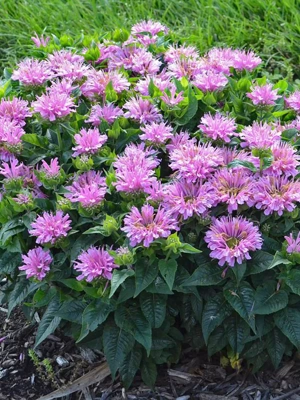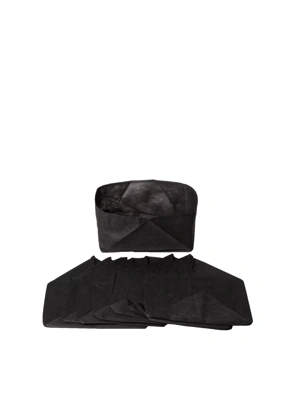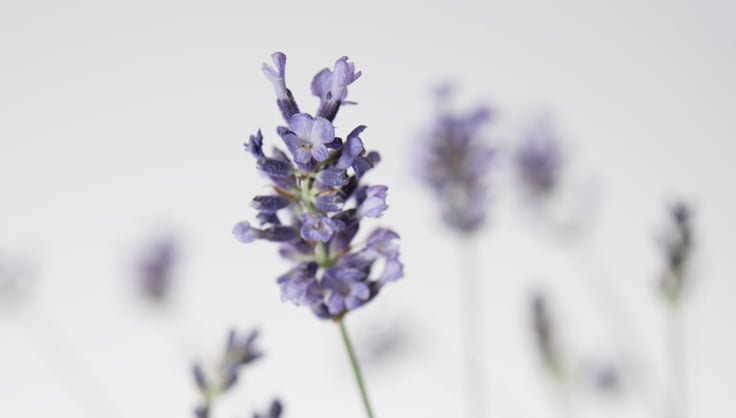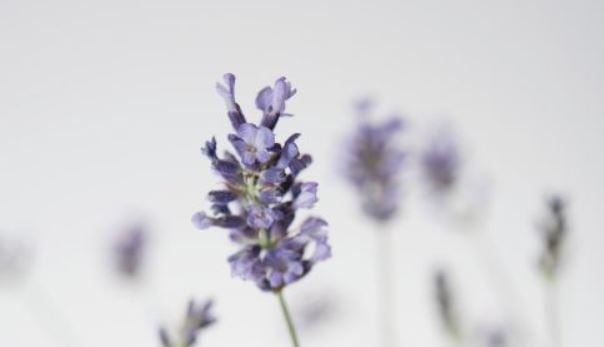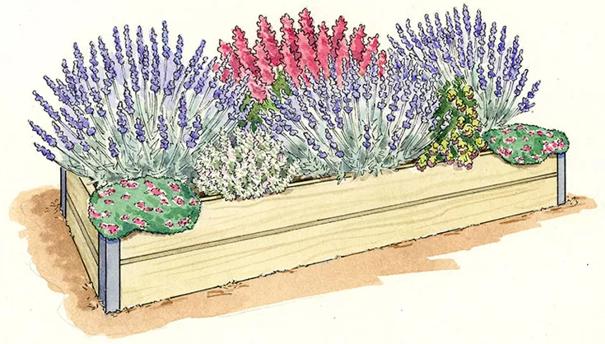How To Grow Lavender Plants Indoors
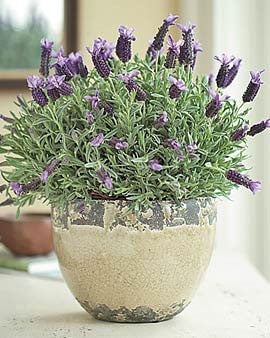 lavender houseplant
lavender houseplantAll About Growing Lavender Plants Indoors
Lavender is a gorgeous perennial shrub prized for its fragrant lavender flowers and gray-green foliage. Lavender can used in teas and cocktails, and lavender essential oil can be found in everything from soaps to cosmetics. It has a soft, calming aroma.
Growing it indoors presents a few challenges, so follow these tips to have the best success.
-
Where should I place my lavender plant indoors?
For indoor growing, lavender should receive as much light as possible. It will do best in a south-facing window or where it can get a minimum of three to four hours of direct sunlight. Even better — use an LED grow light to get consistent, full spectrum light year-round. Rotate the pot weekly for uniform growth and flowering. Without enough light, the lavender plant will produce weak, spindly growth, will cease to produce flowers, and it will be more susceptible to disease. Indoors, good ventilation and air circulation are important, but do not place the plant where it will be exposed to the direct flow of forced-air heat.
Ideal indoor temperatures from spring through mid-fall are 50 to 55 degrees F at night and 70 degrees F during the day. During the late fall through winter, temperatures should be cooler: 45 to 50 degrees F at night and 60 to 65 degrees F during the day. The lavender plant will benefit from being moved into a semi-shaded area outdoors after all danger of frost is past. In the spring, it may be planted outside in a sunny area. When mature, the plant can take temperatures down to 10 degrees F. -
How much water does my indoor lavender plant need?
Drench the plant thoroughly when watering, and allow the soil to become slightly dry between waterings. Check soil moisture by feeling the soil with your finger. Over-watering and allowing the soil to stay constantly moist may cause rot. However, do not allow the soil to go completely dry, or the lavender will react with yellowing lower leaves. If the lavender is moved outside in the spring, be mindful that it will dry out more quickly and will need watering more often.
-
Do I need to prune my indoor lavender plant?
Cutting branches for flower harvest causes new growth to sprout and promotes a fuller-looking plant. Tip prune occasionally if more bushiness is desired. Be aware that flowers are produced at the branch tips and constant tip pruning will reduce flowering.
-
How often should I fertilize an indoor lavender plant?
Fertilize with all-purpose, water-soluble fertilizer at half strength every four weeks during spring and summer.
-
What type of soil does my indoor lavender plant need?
Lavender thrives in well-drained, slightly gritty soil. They don't do well in heavy clay. For indoor growing, use a good-quality potting soil mixed in with a little cactus mix. Repot your indoor lavender plant every year or so.
Last updated: 03/21/2024
Print this Article:
Related items
Related Articles
Get the Dirt
Stay up to date on new articles and advice. Please fill out the information below.

